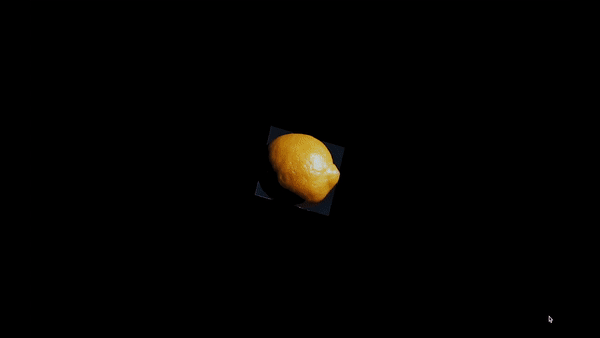Particles in Space is an on-going exhibition and research project that converges digital humanities practices with the histories and study of experimental film & video. Building on the field of Volumetric Cinema first developed by Kevin L. Ferguson, the moving-image works examined in this series are digitally disassembled and rendered in three-dimensions using FFmpeg and the open-source image analysis software, ImageJ. Transformed from their original photochemical or electronic formats into 3D objects, we are able to study and experience these works in entirely new ways that are unconstrained by conventional theories and practices of cinematic spectatorship.
The rich traditions of experimental film & video (alternatively called “avant-garde cinema,” “artist moving image,” “time-based media,” and many other generic monikers) offer no shortage of examples of works that similarly reshape the cinematic viewing experience and, specifically, explore the tensions between the simultaneously “flat” nature of the medium (as projected on a screen) and its qualities as light in space and ability to represent the three-dimensional world. Stan Vanderbeek’s Movie Drome projects, Anthony McCall’s “solid light films,” and the expanded cinema of Lis Rhodes and Valie Export are just a few examples of work that transpose the act of viewing from a passive, consumptive experience of images on a 2D screen to an immersive, multi-modal, spatially-oriented one. Just as these and many other works invite an audience to critically engage with their own assumptions regarding the limits and possibilities of the moving-image, the ways in which we study this tradition ought to be equally as exploratory and, indeed, experimental. This project represents an effort to push this scholarship in such a direction.
Previously published work on Volumetric Cinema has exclusively taken canonical works of Hollywood-produced, narrative cinema as its objects of study, creating insightful examinations of cinematic conventions like the use of deep focus in Welles’ Citizen Kane (1940) and camera movement in Hitchcock’s Vertigo (1958). Particles in Space hopes to add to this burgeoning scholarship by expanding the field to include the diverse array of filmmaking practices found in experimental film such as direct film scratching, abstract animation, hand-painted films, biological and chemical manipulations, photograms, and other camera-less techniques in addition electronically induced “glitches” and other artifacts found in analog and digital video works. Further, while a great deal of scholarship, in addition to curatorial and preservation efforts, related to experimental film & video have heavily focused on the relationship of such practices to the original materiality of a given work, this project explicitly explores new avenues for critical investigation made possible by digital surrogates. These derivatives, alongside the methods and tools of digital scholarship, allow for a refreshed, intimate exploration of this materiality that has been central to many artists’ work and continues to fascinate multiple generations of filmmakers and scholars.
